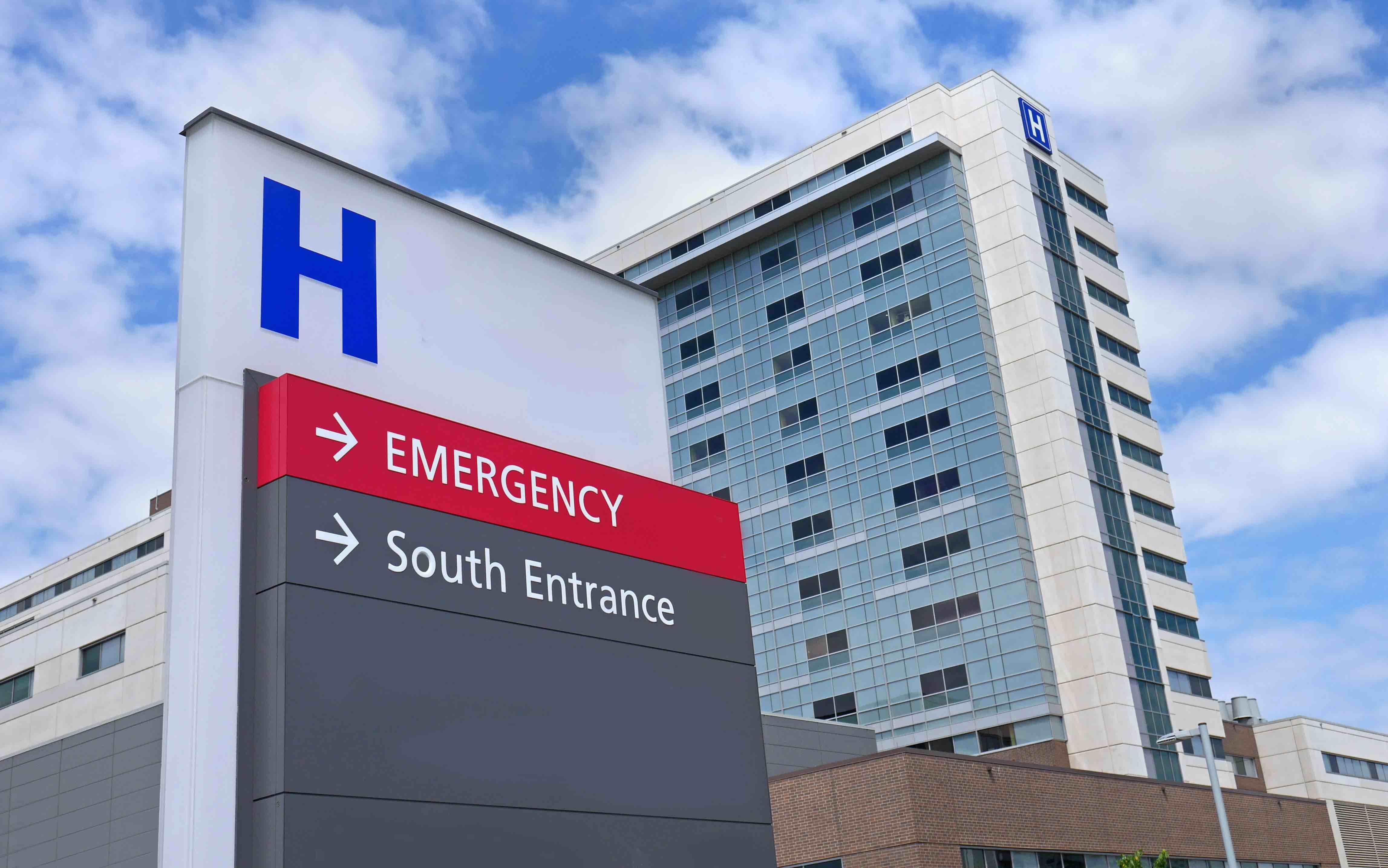
- Center on Health Equity & Access
- Clinical
- Health Care Cost
- Health Care Delivery
- Insurance
- Policy
- Technology
- Value-Based Care
Individual, Neighborhood-Level Social Risk Indicators Provide Distinct Health Care Use Insights
While findings around hospital and emergency department use were similar at the individual and neighborhood levels, the use of outpatient services differed.
Individual social risk screening may provide distinct information about health care use compared with neighborhood-level social risk among Medicaid enrollees, a cross-sectional study published in JAMA Network Open found.1 While hospital and emergency department (ED) use was similar, the use of outpatient services differed.
Hospital and emergency department use were similar at the individual and neighborhood levels, but the use of outpatient services differed. | Image credit: Spiroview Inc - stock.adobe.com

Neighborhood-level social risk is defined as living in the least-resourced Neighborhood Deprivation Index (NDI) quartile, while individual self-reported social risk screening involves patients indicating social needs such as financial assistance, food, housing, or transportation.
“Despite emerging regulatory pressure and strong evidence linking social risks with worse health care outcomes, systematic social risk screening has not been widely adopted,” the authors wrote. “Many clinicians and frontline staff find the screenings resource intensive and difficult to implement. Furthermore, patient acceptability of social risk screening varies.” They noted that one survey found less than half of patients at a large integrated health care delivery system agreed that health systems should ask patients about social needs.2
Perceived stigma from disclosing social needs and patient disappointment when resources to address their needs are unavailable are both concerns with the implementation of individual social risk screening, as well as other unintended consequences, the authors explained.
The new study aimed to determine whether individual-level screening and neighborhood-level screening of Medicaid enrollees showed concordant hospital and ED admissions, primary care utilization, specialty care, mental health care, and social work visits in the year prior to completing the Medicaid Integrated Outcomes Questionnaire at Kaiser Permanente Northern California. Surveys completed from January 1, 2018, to February 29, 2020, were included in the study.
A total of 13,649 members had 6 months of membership data, with 95 missing responses to any of the social risk domains (financial risk, food insecurity, housing insecurity, or transportation barriers). Addresses were missing for 27 patients, who therefore could not be linked to NDI quartiles. The total sample size was 13,527 respondents; more than half (63.8%) were female, and less than half (39.1%) were aged 25 to 44 years. The population was 21.0% Asian, 14.7% Black or African American, 22.5% Hispanic, 34.0% White, and 7.8% other race or ethnicity.
Among patients in the most-resourced neighborhood, 33.8% reported at least 1 social risk, while 40.1% in the least-resourced quartile reported at least 1 social risk (P < .001). Both individual- and neighborhood-level measures showed associations with ED visits, with a marginal effect estimate of 0.23 for both measures (95% CI, 0.17-0.29), and neither measure was linked with hospital admissions.
However, individual risk was associated with greater outpatient service use. The associations ranged from primary care (marginal effect estimate, 0.22; 95% CI, 0.13-0.31) to mental health services (marginal effect estimate, 1.21; 95% CI, 0.67-1.75). Conversely, neighborhood-level risk was not associated with most outpatient visits and showed a negative association with mental health visits.
“In our analyses comparing neighborhood- vs individual-level indicators of social risk, we found concordant associations with hospital visits and ED use, with both neighborhood and individual social risks associated with greater ED use,” the authors wrote. “However, in contrast to our hypothesis, patterns of association diverged for outpatient primary care, specialty care, mental health, and social work visits. That is, while individual-level social risk was associated with greater outpatient health care use, neighborhood-level social risk was not associated with most outpatient care and was negatively associated with mental health visits.”
The study was limited by the inclusion of just 1 health system, which may limit its generalizability to other health systems. The analyses also only included patients who were Medicaid enrollees who met a low-income threshold, but results may differ in a population with a wider income range. The authors also noted that only 50% of enrollees responded to the Integrated Outcomes Questionnaire, so direct comparison with all members offered the questionnaire was not possible. Nonrespondents might experience even greater social risks if they feel less connected to health care services, they added.
Still, the authors noted that program designers should recognize that using neighborhood-level risk screening instead of individual risk indicators would not give accurate estimates of the need for primary care, other specialty care including mental health, and social work services.
“Given the great burden of collecting and managing individual-level social risk data, our analysis suggests that decision-makers primarily concerned with acute care use, such as ED visits, may use neighborhood-level indicators of social risk as a reasonable proxy,” the authors concluded. “Nevertheless, screening for individual social risk during Medicaid enrollment yields valuable information that is distinct from neighborhood-level measurement. Relying on neighborhood-level measurement would likely underrepresent key outpatient health service needs, especially for mental health support.”
References
- Knox MJ, Tucher EL, Miller-Rosales C, McCloskey J, Grant RW, Iturralde E. Social risk at individual vs neighborhood levels and health care use in Medicaid enrollees. JAMA Network Open. Published online April 15, 2025. doi:10.1001/jamanetworkopen.2025.5047
- Rogers AJ, Hamity C, Sharp AL, Jackson AH, Schickedanz AB. Patients’ attitudes and perceptions regarding social needs screening and navigation: multi-site survey in a large integrated health system. J Gen Intern Med. 2020;35(5):1389-1395. doi:10.1007/s11606-019-05588-1
2 Commerce Drive
Cranbury, NJ 08512
AJMC®
All rights reserved.